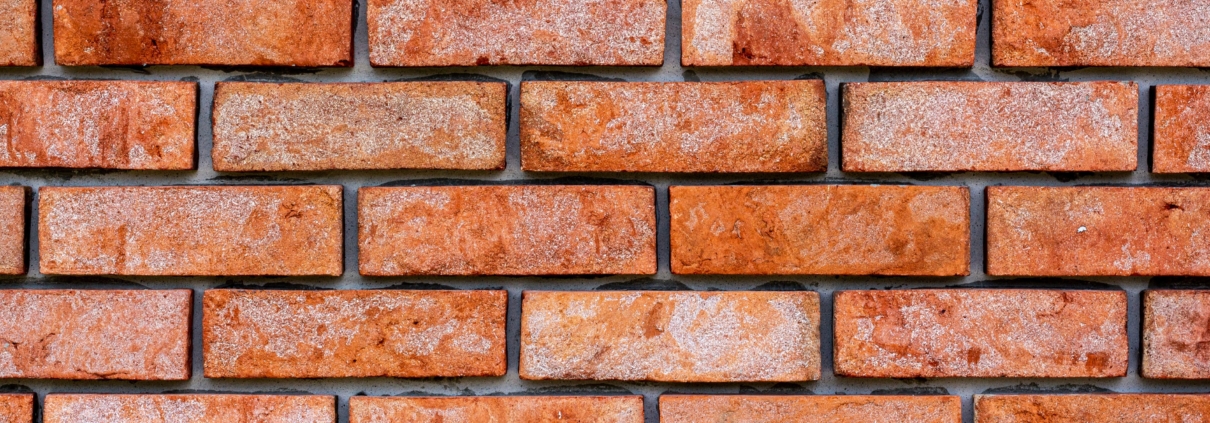Natural Stone and Veneer Stone: What Are the Differences?
Stonework in buildings is always nice to see because of how beautiful it can be. The sheer craftsmanship can be striking, but the material itself can bring life to the display created. When figuring out how to replicate the flawlessness of stoneworking in your home or office, the first hurdle will be choosing the kind of stone you want.
The two primary materials you’re likely to have seen are natural stone and veneer stone. It can be somewhat troubling to figure out which exactly you’d like and pinpoint what their differences are. Here’s a short guide to help you figure it out:
Identification
Natural stone is, as the name suggests, standard. No extra colour or textures are initially added to the stone. It is extracted straight from the earth and used as a manufacturer pleases, whether for walls or tiling. It’s considered very durable, but expert hands are required to shape and mould it.
Meanwhile, veneer stone is a manufactured material that looks like natural stone. Instead of being sourced from the earth, veneer stone is made from different components. Cement and iron oxide are used to recreate the appearance and texture. Because it’s easy to create, quality is almost consistent across the board.
The main difference between natural stone and veneer stone is the robustness. Veneer stone is considerably more fragile than natural stone, unable to withstand as much force as the other. However, it can be cut and shaped much more easily than natural stone.
Measurements
When ordering natural stone, expect it to come in big blocks that are twice the weight of veneer stone. Veneer often comes in usable sizes already, but natural stone would have to be quarried before its actual use.
Aside from the size and weight, the thickness is also a good indicator of the difference between natural stone and veneer stone. Veneer stone can come in varying widths depending on what was manufactured, while natural stone is featured in a standard one and three-quarter-inch thickness.
Aesthetics
Although natural stone isn’t created or initially mixed with colour, it can still be dyed in a certain way as it can retain its hue. It can hold shades well and, when taken care of and kept away from sunlight, can take more than a lifetime to fade away.
Veneer stone already holds colour upon manufacturing. It can have really beautiful colours that you can expect to happen consistently. The problem with veneer stone is it can fade somewhat faster compared to natural stone.
Time
If you’re hoping for a stonework project, you may have to consider the availability of the material. Natural stone is often in demand but can be harder to come by because of how it’s sourced. Alternatively, veneer stone is readily available.
When time isn’t an issue, and you’re looking at a specific way of stone installation, natural stone may be better in the long run. Discuss with a stonemason regarding your options and construction schedule.
Conclusion
Both natural stone and veneer stone have their pros and cons. They are both able to fulfill your needs, but it can come down to whether you prioritize installation quickness over the lifespan and the other way around. After all, you are more familiar with your needs than anyone else.
Are you looking for a masonry company in Toronto? Red Robin Masonry helps you invest in your home by offering our contraction services in Ontario and carrying out the jobs. Contact us today!




Leave a Reply
Want to join the discussion?Feel free to contribute!